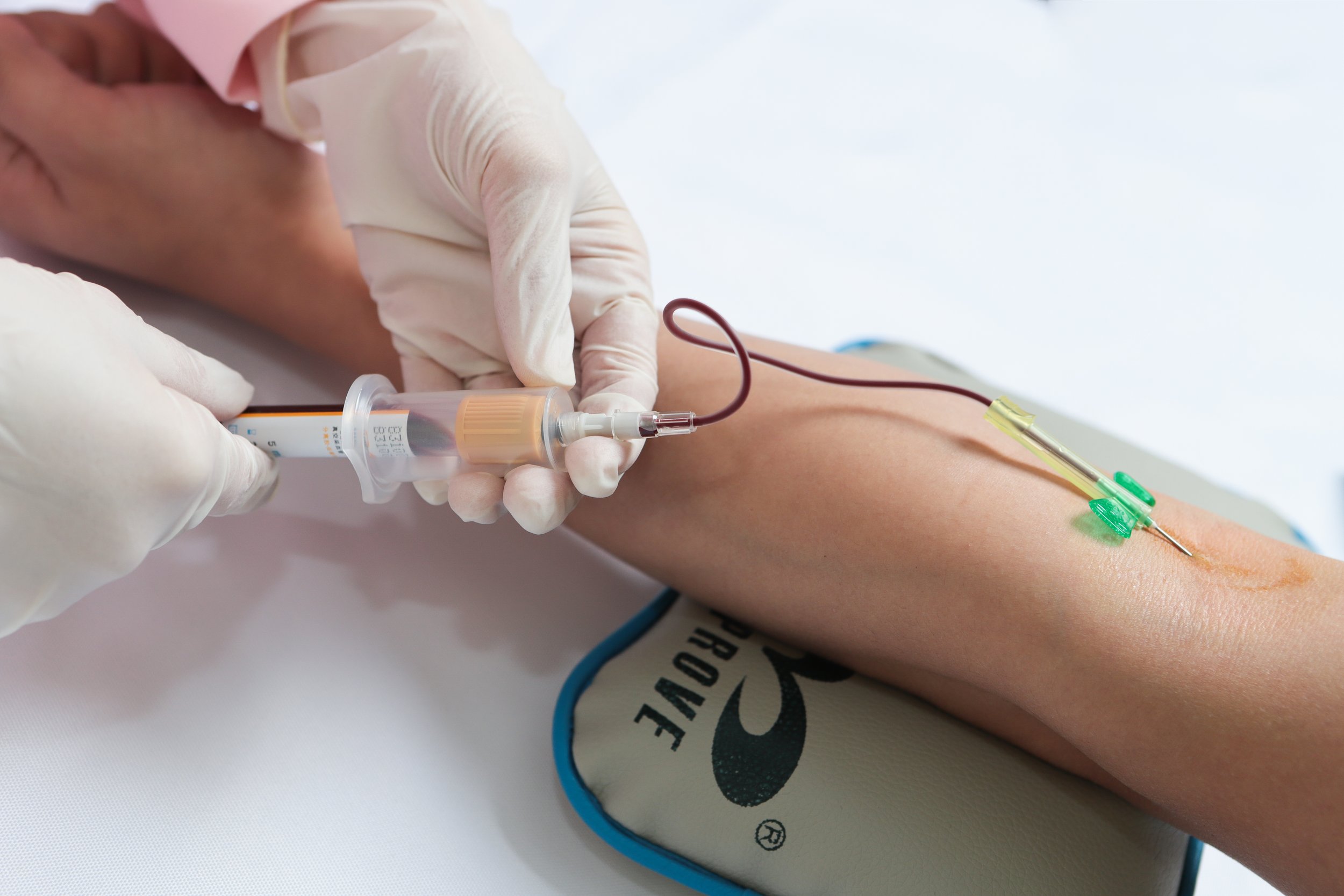Understanding the Requirements for Registering a Laboratory or Hospital with IRR: Compliance and Quality Standards
Summary
- Understanding the requirements for registering a laboratory or hospital with IRR is essential for compliance.
- IRRs play a crucial role in ensuring the accuracy and reliability of laboratory Test Results.
- Meeting the necessary criteria for registration with IRR is crucial for maintaining Quality Standards in medical labs and phlebotomy services.
Introduction
Registering a laboratory or hospital with the appropriate regulatory body is crucial for maintaining Quality Standards in medical testing and phlebotomy services. In the United States, laboratories are required to register with the appropriate accrediting organization to ensure that they meet the necessary standards for accuracy and reliability. The Information Resource for Registrations (IRR) is a central database that collects data on registered laboratories and hospitals to help ensure the quality of diagnostic testing services.
Requirements for Registration with IRR
Accreditation:
One of the primary requirements for registration with IRR is accreditation by a recognized accrediting organization. Accreditation demonstrates that a laboratory or hospital meets the necessary standards for accuracy, reliability, and quality in diagnostic testing services. Accrediting organizations evaluate various aspects of laboratory operations, including personnel qualifications, equipment maintenance, Quality Control procedures, and test result accuracy.
Personnel Qualifications:
Another key requirement for registration with IRR is ensuring that laboratory personnel meet the necessary qualifications for performing diagnostic testing services. This includes having the appropriate education, training, and certification for performing laboratory tests and phlebotomy procedures. Personnel qualifications are crucial for ensuring the accuracy and reliability of Test Results.
Quality Control Procedures:
Laboratories seeking registration with IRR must have established Quality Control procedures in place to monitor and maintain the accuracy and reliability of Test Results. Quality Control procedures include regular calibration of equipment, monitoring test performance, and taking corrective actions when necessary to ensure the quality of diagnostic testing services.
Test Result Accuracy:
Ensuring the accuracy of Test Results is a fundamental requirement for registration with IRR. Laboratories must demonstrate that they have processes in place to validate Test Results and prevent errors or inaccuracies. This includes following standardized procedures for specimen collection, handling, and testing to ensure the reliability of diagnostic testing services.
Data Reporting:
Laboratories must also meet the requirements for reporting data to IRR. This includes submitting Test Results, Quality Control data, and other relevant information to the database in a timely and accurate manner. Data reporting is crucial for tracking and monitoring laboratory operations and ensuring compliance with regulatory requirements.
Benefits of Registration with IRR
Registering with IRR offers several benefits to laboratories and hospitals, including:
- Enhancing the credibility and reputation of the laboratory or hospital by demonstrating compliance with Quality Standards.
- Providing access to a centralized database for tracking and monitoring laboratory operations and Test Results.
- Ensuring the accuracy and reliability of diagnostic testing services for patients and Healthcare Providers.
Conclusion
Understanding the requirements for registering a laboratory or hospital with IRR is crucial for maintaining Quality Standards in medical testing and phlebotomy services. By meeting the necessary criteria for accreditation, personnel qualifications, Quality Control procedures, test result accuracy, and data reporting, laboratories can ensure the accuracy and reliability of diagnostic testing services. Registering with IRR offers several benefits, including enhancing credibility, providing access to a centralized database, and ensuring the quality of services for patients and Healthcare Providers.

Disclaimer: The content provided on this blog is for informational purposes only, reflecting the personal opinions and insights of the author(s) on the topics. The information provided should not be used for diagnosing or treating a health problem or disease, and those seeking personal medical advice should consult with a licensed physician. Always seek the advice of your doctor or other qualified health provider regarding a medical condition. Never disregard professional medical advice or delay in seeking it because of something you have read on this website. If you think you may have a medical emergency, call 911 or go to the nearest emergency room immediately. No physician-patient relationship is created by this web site or its use. No contributors to this web site make any representations, express or implied, with respect to the information provided herein or to its use. While we strive to share accurate and up-to-date information, we cannot guarantee the completeness, reliability, or accuracy of the content. The blog may also include links to external websites and resources for the convenience of our readers. Please note that linking to other sites does not imply endorsement of their content, practices, or services by us. Readers should use their discretion and judgment while exploring any external links and resources mentioned on this blog.
